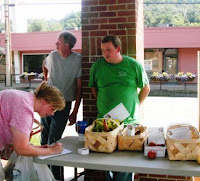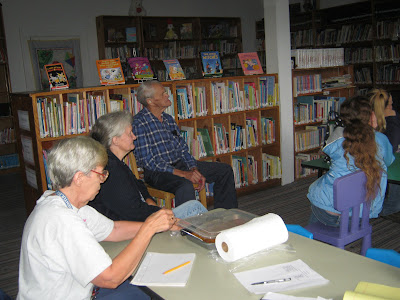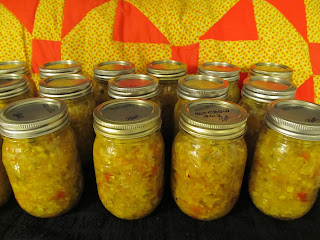I just had an interesting conversation with Todd Howard, my
friend and mentor. He said he understands why farmers would be drawn to
planting GMO’s. Let me put his comment in context.
 |
| Gary and Todd at the Farmer's Market |
Todd and his business partner, Gary Hicks, farm on two plots
of land which consist of about six acres total. For the last two weeks they
have been clearing, tilling and putting in manure and cover crop all to
replenish the soil. This week alone they have added four tons of manure to
their soil. That’s a lot of manure. (I’m just saying what you all are thinking)
and Todd said it sure didn't go very far.
The process went like this. Drive your truck to the stable.
Get out and start shoveling cuz there is no backhoe or farm hand to load your
truck, which by the way is your farm truck not a dump truck so when you get
back to the garden you have to do the whole thing again in reverse. Todd and
Gary decided to fix the manure spreader to make the spreading a bit easier.
Five hours later it was fixed and loaded and hooked up to the tractor and ten
minutes later it was broke again. So then it was unload the spreader and spread
it all by hand. Then you till it in which is easy cuz you have a tiller on your
tractor except the yolk on the tiller breaks so you spend another three hours
fixing that and start tilling again and then fixing it again and finally you
can spread your cover crop. And you are doing all this to feed the soil. Of
course, it would be easier to use chemicals than go through all this labor
intensive nurturing of the earth.
 |
| Real Food!! |
So why do Todd & Gary and the Grow Appalachia family do
all this hard work? So that when they sink their teeth into the sweetest corn
they every tasted or make a pot of hot soup this winter from vegetables they
canned themselves they know they are eating real food. No chemical additives,
no genetic alterations, no hormones. Just food and for Todd, Gary and lots of
folks reading this blog post, that’s worth the effort.
So here's to the hard working farmer. Thanks!! Sr. KC








































